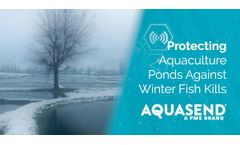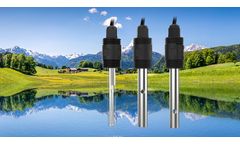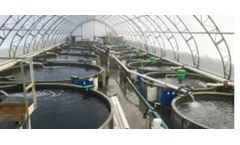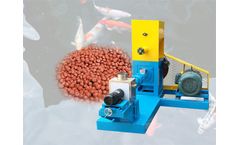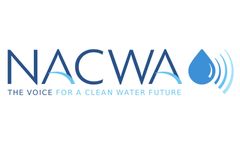Agriculture And Water Quality Articles & Analysis: Older
13 articles found
Winter is on the way and its low temperatures often threaten fish populations within aquaculture farms. As temperatures decrease, the potential for reduced dissolved oxygen production and ice formation over ponds increases which can lead to winter fish kills. Aquafarmers must be aware of the contributing factors to properly assess their farm’s water conditions and livestock for a successful ...
ByAquasend
This article explores how water quality sensors have revolutionized agricultural water management, enabling farmers to enhance water-use efficiency, crop yield, and quality while minimizing environmental impacts. Optimizing Agricultural Water Management through ...
As the global demand for seafood continues to surge, aquaculture has emerged as a vital solution to meet this growing need sustainably. However, fish farming comes with its challenges, one of which is maintaining optimal water quality to ensure the health and growth of aquatic species. This is where ozone technology, specifically Absolute Ozone® generators, is making a remarkable impact. ...
Aquaculture is an essential and emerging food-producing sector in the world. The fishery yearbook 2017 states that 153 million tons of total fish production used for human consumption. But the production is always hindered by disease and environmental situations. These conditions result in severe financial losses for the companies. However, the use of antibiotics in aquaculture causes the ...
The location may affect several other factors, such as the type of pond and water source. Choosing a location that suits the type of fish you intend to grow. ...
With agriculture using approximately 60 percent of available freshwater withdrawals, concerns continue to grow over farmers implementing water conservation practices. ...
Water quality trading (WQT) could be an innovative policy to incentivize farmers to implement best management practices (BMPs) for their activities. This study focused on assessment of involving unregulated agricultural nonpoint sources (NPS) into the WQT market in Gharesoo watershed in the west of Iran. ...
Our study area in the People's Victory Canal Irrigation District (PVCID), which is downstream of the Yellow River in China, has been undergoing agricultural water transfer to the city for municipal uses. Water supply condition data from PVCID are used to analyze the impacts of water reallocation on ...
A white paper entitled Collaborating for Healthy Watersheds, highlighting nine successful municipal-agricultural collaborations that address water quality issues at the watershed level, is being released today by the National Association of Clean Water Agencies (NACWA), AGree, and the U.S. Water Alliance. The ...
Agricultural runoff into surface water is a problem in Australia, as it is in arguably all agriculturally active countries. ...
Rural communities the world over depend on agriculturally–based livelihoods. In the Canadian prairies, access to sufficient quality and quantity of water can be challenging. Agriculture is fundamentally susceptible to access to water during critical crop germination and growth periods. ...
This paper reports on research empirically focused on the Brittany region in France, its agricultural sector and the impacts of agricultural activity on water quality. ...
This crossbreeding becomes necessary as sustainability in agriculture and livestock production gathers together very different and evolving notions. Moreover, crossbreeding between scientific findings and on-farm application contributed to enrich the analysis.Keywords: cost-effectiveness, nonpoint source pollution, acceptability, best practice, best management practices, ...

